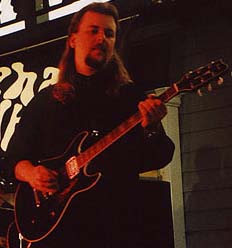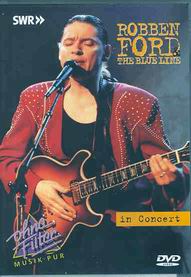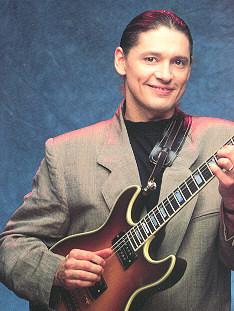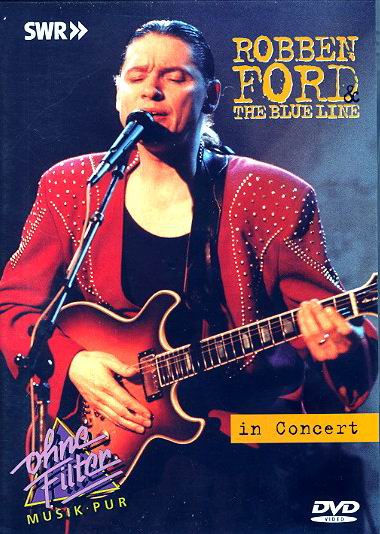
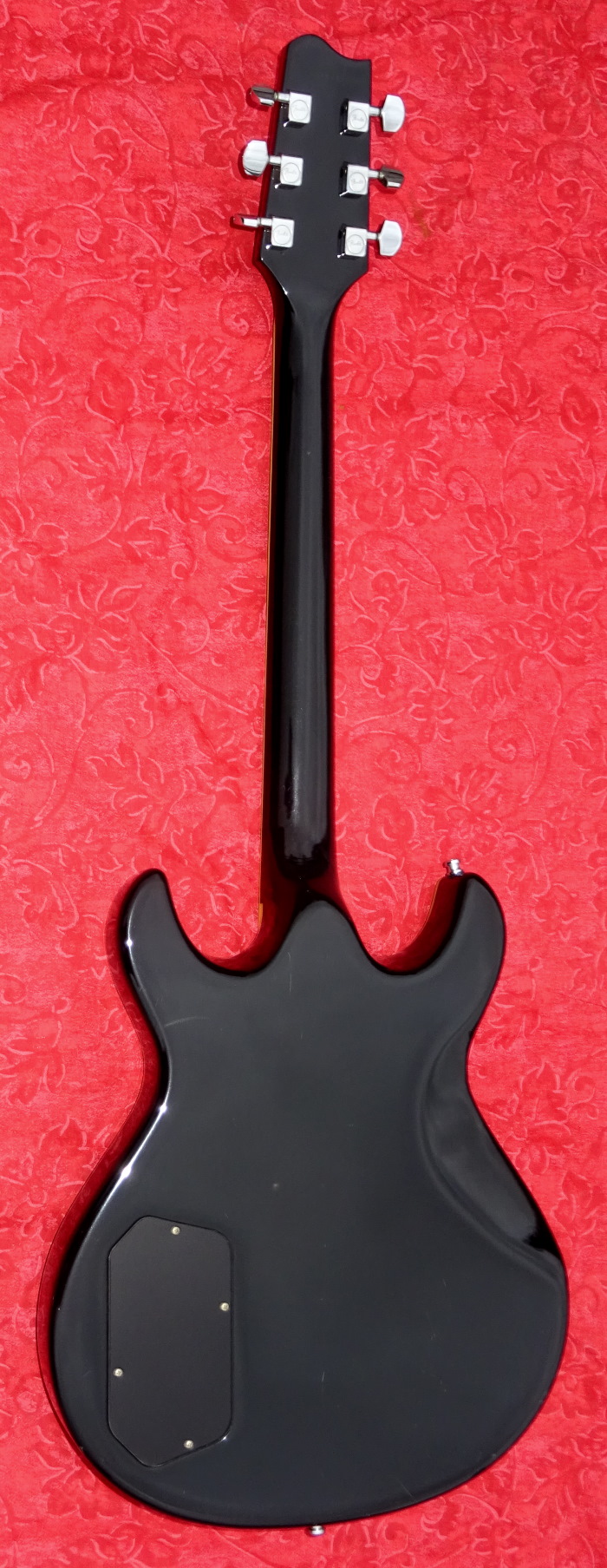
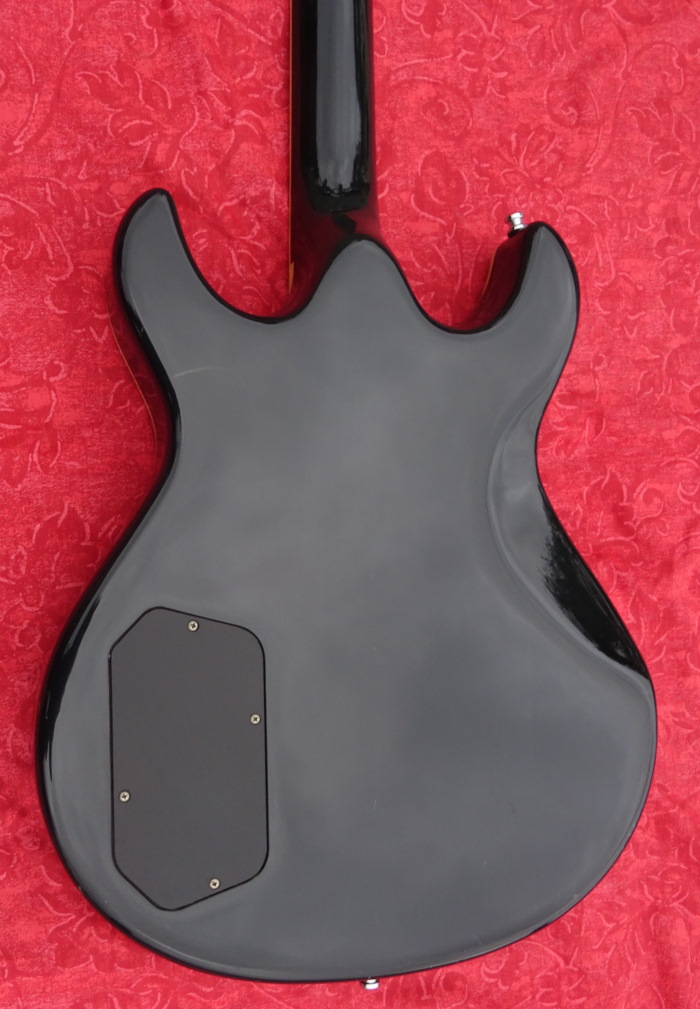

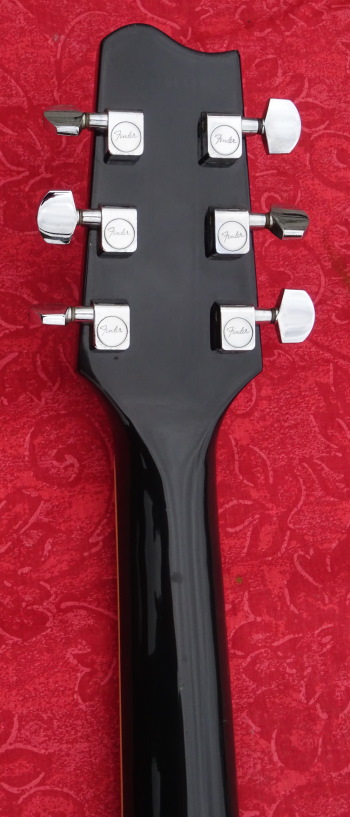
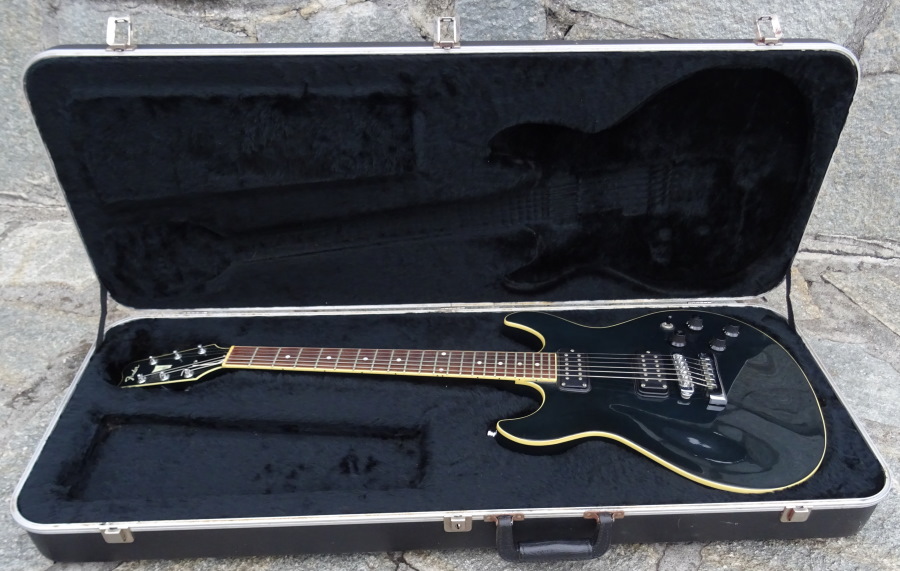
Fender Esprit Robben Ford # 40701939
Master Series Fender Ultra/Esprit/Flame – 80'S Vintage Fender Flame Standard Precursor of the Double Cutaway Robben Ford Model Production of the Master Series began in FIRST 80'S. This is one of the first guitars off the assembly line of this new Master Series. At first glance this guitar looks like anything but a Fender, but those familiar with Robben Ford’s music will recognize it immediately. Early on Robben used these guitars before Fender started producing it as the Robben Ford Signature Model and later on a Baker version continued. These are becoming harder to find and make great guitars for blues or jazz.
HISTORY
https://www.vintageguitar.com/1754/the-fender-master-series/
THE SOUND:
….Two of (Dan) Smith’s designs were solidified – the Flame and the Esprit (pronounced
espree). Both featured alder bodies with routed tone chambers, maple tops, and
set-in necks.
The Flame’s body is slightly larger than a Gibson Les Paul, and features two
slightly offset cutaways, similar to Gibson’s SG. Two special-design humbucking
pickups were developed via Schaller, as was a tailpiece with fine-tuners. The
intention was to offer an electronically versatile alternative to the Gibson Les
Paul.
The Esprit’s body is slightly larger than the Flame’s, and features two
symmetrical cutaways. As with the Flame, two special-design Schaller humbuckers
were employed in conjunction with the fine-tuning tailpiece. This instrument was
intended as an alternative to the Gibson ES-335.
These three designs were marketed together as the Fender Master Series.
Once designs were approved, the company turned its attention to issues of
manufacturing and production. Fender decided that, at that time,
it did not possess the technology to build the instruments. The
Japanese company Fujigen Gakki (which served as an Ibanez facility) was
contracted by Fender to manufacture the line.
In retrospect, Smith feels the guitars were successful in regard to quality and
public perception. The line’s downfall was the sale and subsequent transitional
period experienced by Fender.
In 1986, Robben Ford was brought on as an endorser of the Esprit model, then
Fender reworked the production concept and dubbed the guitar the Robben Ford
signature model.
http://www.massimobaraldi.it/?page_id=186
